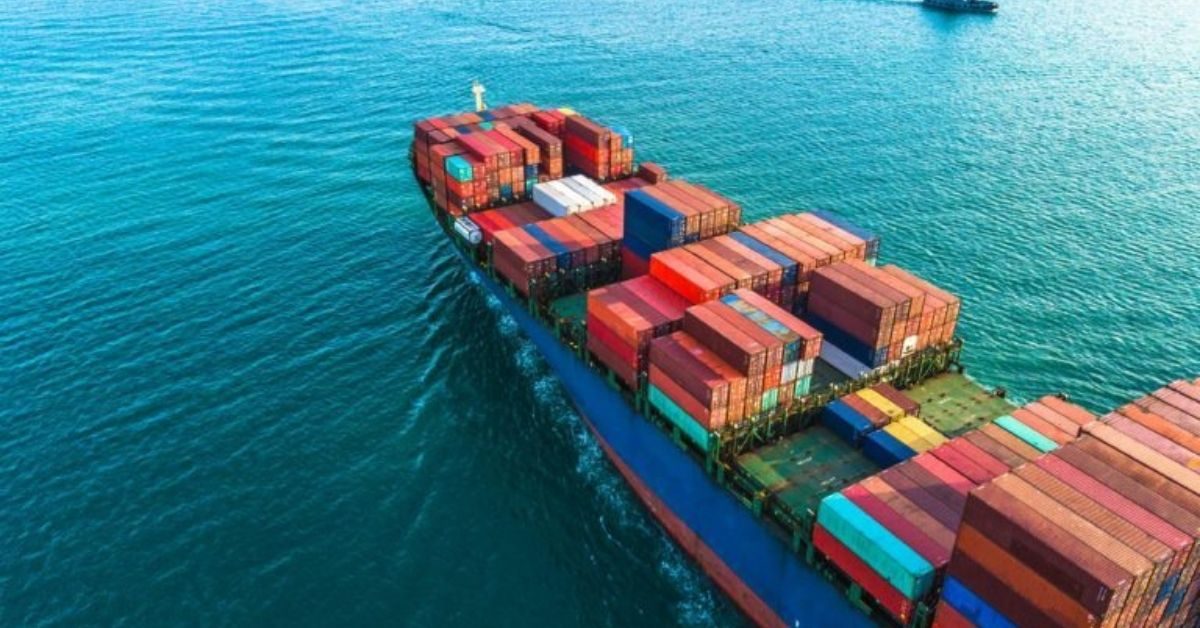From 1 January, BAF tariffs have been revised substantially upwards across trade lanes while they vary widely from carrier to carrier.
For example, CMA CGM’s revised BAF rates will be US$602 per TEU, US$669 per FEU/hi-cube and US$847 per 45-foot hi-cube container for dry cargo shipped from Asia/Far East, the Indian Subcontinent, the Middle East Gulf, Red Sea, and Bangladesh to/via the US East Coast, the US Gulf Coast or Canada East Coast.
For reefer shipments, relative tariffs will be US$723, US$803 and US$1,016.
Similar revisions have also been announced by other major carriers, including Maersk and Zim lines.
As demand continues to be a major pain point, it remains to be seen how much carriers can push cargo owners to absorb out of the hefty BAF increases lined up by them.
According to freight forwarder sources, the market is very fluid and carriers will tend to play different tactics to at least keep rates steady, if not moderately higher.
As a result, forwarders generally believe all-in rates of two competing operators could appear more or less the same as one tries to lower the base ocean price to apply a higher BAF amount while the other could just be doing the reverse.
There is no denying that container lines are dealing with soaring operating costs, fuelled by vessel diversions in the wake of Red Sea tensions and Panama Canal transit restrictions on top of stricter decarbonization regulations set by the International Maritime Organization (IMO).
“So far this year, container volumes have fallen nearly 2% year-on-year while average freight rates have declined, reaching 2019 levels in September. Since then, they have continued to fall. However, the cost to charter a ship remains 25% higher than in 2019,” said Niels Rasmussen, chief shipping analyst at BIMCO.
Rasmussen also noted: “Liner operators continue to struggle with a worsening supply/demand balance, affecting freight rates. On average, the fleet has year-to-date grown 5% and 19% compared with 2022 and 2019 respectively. On the other hand, container volumes have fallen 2% compared to 2022 and are only 1% up compared to 2019.”
He further explained: “On the other hand, key cost items for the liner operators have not followed rates. So far this year, although the cost of very low-sulphur fuel oil has fallen 29% compared to 2022, it has been 5% above 2019 levels. For ships with a scrubber, heavy fuel oil prices have fallen 22% compared to 2022 but have been 22% higher than in 2019.”







